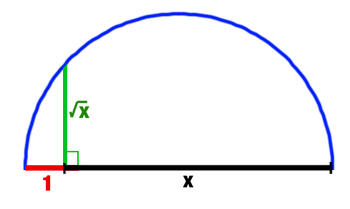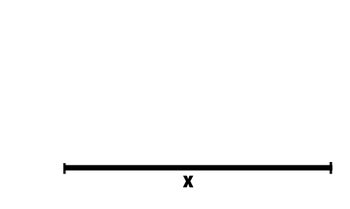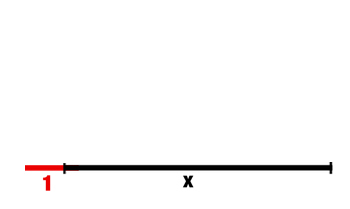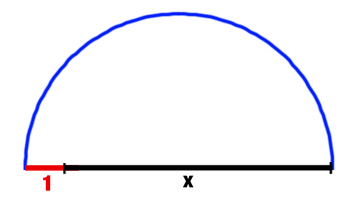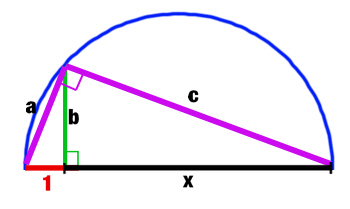

Square Roots without a calculator!Lots of people have asked us how to get square roots without a calculator, and lots of others have sent us different ways of doing it! You'll find the classic method written out for you in Easy Question Evil Answers. There are other ways of working out square roots on this page. The first methods shown here are probably best for whole numbers, but then there's the proper method for decimals.
| |||||||||||||||||||||
We're very grateful to Frank La Fontaine from Australia who got in touch and explained the method he'd learnt at school 60 years ago! Of course the great thing about maths is that Frank's method will still work perfectly today. Here is his explanation in his own words - we've presented it here exactly as he sent it to us because we can't see how we'd make it any better! 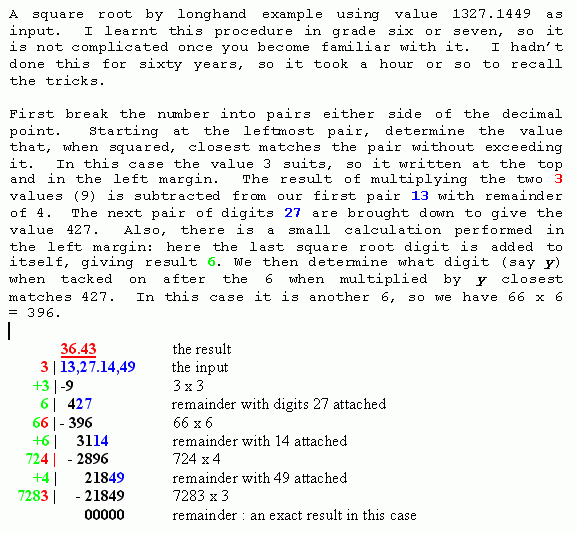
Many thanks to Frank and everybody else who has helped us with this!
| |||||||||||||||||||||

| |||||||||||||||||||||
